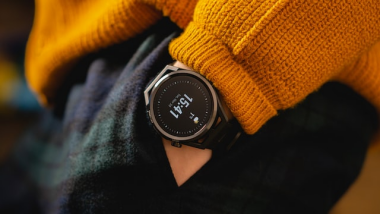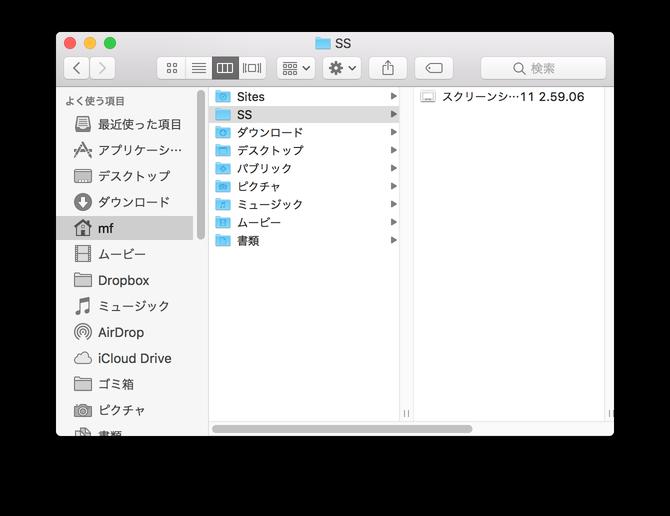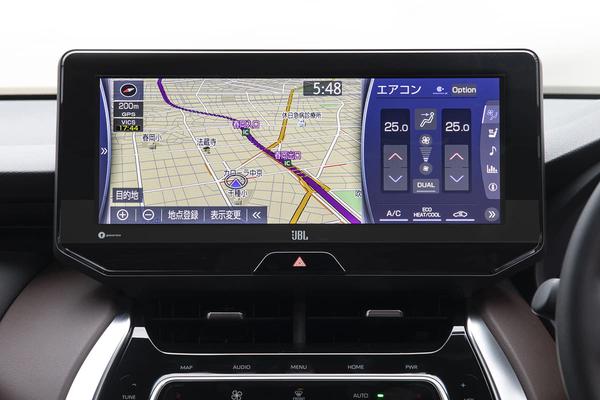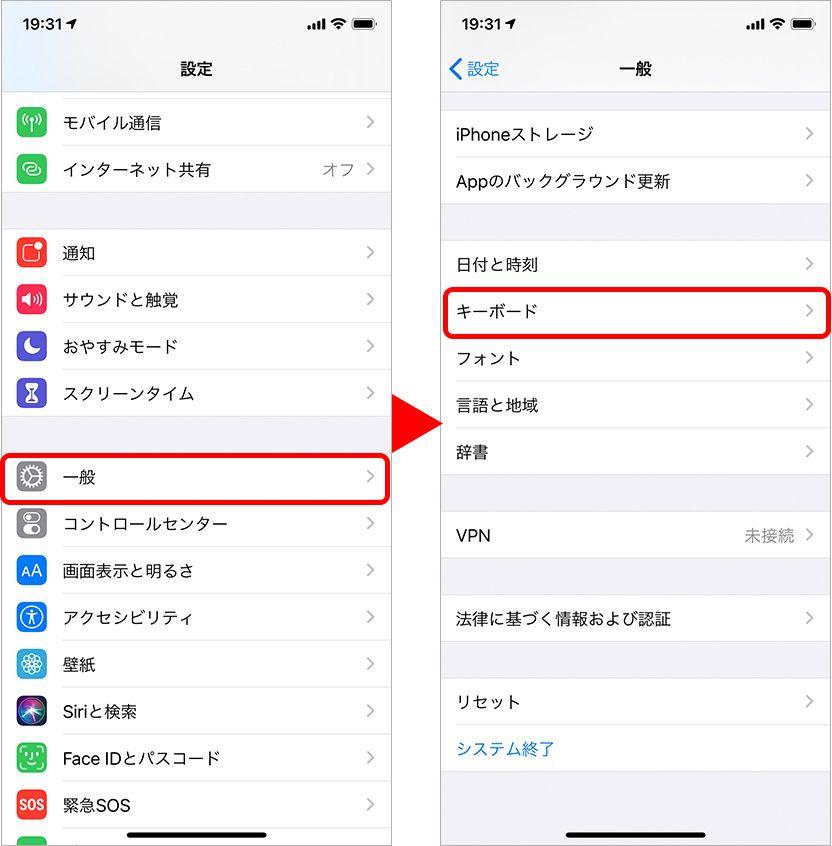The ever-evolving "best" web browser "Vivaldi" dramatically improves the usability of Android tablets
PHOTOGRAPH BY VIVALDI


The developer of one of our recommended web browsers, Vivaldi, recently announced an important update. The latest version of Vivaldi 5.0 is not only compatible with Mac, Windows and Linux, but notably Android. Unknown choices of web browsers, highly customizable and versatile charm of "Vivaldi" Vivaldi version 5 has some new features for PC, but the new and attractive features are the mobile version I'm concentrating on the side. By the way, the mobile version of Vivaldi refers to Android (Vivaldi for iOS is not available). This update focuses specifically on Android tablets, with some ingenuity to make web browsing on large screens more comfortable. This is something that even Google hasn't been able to achieve with its own browser. In fact, I've rarely heard of apps optimized for Android tablets lately. And it's at the core of dissatisfaction with the "alternative" of the iPad running on Android. All of these devices are not easy to use software. That said, it's worth mentioning the fact that Google is working to improve the usability of tablets. The results will be included in the next version of Android, whose early access version has just been released. But with Vivaldi 5.0, you don't have to wait for a Google update. You can enjoy web browsing on your Android tablet right away.
Equipped with a convenient tab stack function
One of the most appreciated features of Vivaldi's mobile version is the tab stack feature, which allows you to group tabs. Moreover, it can be used on both Android smartphones and tablets. Specifically, a group of tabs is arranged in the first row, and tabs (stacked) under the selected group are lined up in the second row. Press and hold "New Tab" to open a new tab in the second row. If you select the first tab, the second tab will be hidden, but it will be displayed even if the color is faint, so you can see that there are tabs under the main tab as well. You can also create a tab stack by dragging and dropping on the "Tab Switcher" screen. I thought I would love this tab stack feature on tablets, but I found it very useful on smartphones as well. In the future, I think it would be really nice (not possible at this time) to add a function that can synchronize the tab stack that was open on the PC to the smartphone. But even without the special sync feature, the tab stack is a great way to separate work and private tabs on mobile devices. It also excels at "hiding" tabs. For example, even if a child messes with his or her parent's smartphone, there is no danger that he or she will be informed that he or she was looking for a gift online.
Next page: Supports side panel even on tablet devices Last updated: WIRED.jp














